

The History of CBD
CBD is entangled in a cloud of excitement and confusion at the moment. With the buzz about CBD starting to settle down, government institutions are starting to accept that CBD is here to stay. We now have the correct questions and discussions about CBD starting to take place.
One of the frequently asked questions is how and where CBD came from. Most people know that it's from the cannabis plant, but how was it discovered and what has that journey been like? If you're one of the many CBD lovers interested in a quick lesson on the history of CBD, you will find this blog informative.
The Discovery Of CBD
CBD was first extracted by an American chemist called Roger Adams in 1940. Like other great inventions in the world, the discovery of CBD was also by accident.
Adams, who was a graduate from Harvard University was not aware that he had extracted CBD leave alone any form of chemical extraction. It took a couple of years and additional researchers to realise what had happened. Once the brilliant team figured they had extracted a chemical, they sought to dig deeper and identify the compound and if it had any benefits or significance.
It’s also worth noting that through his Research, Roger Adams was also responsible for the discovery of Tetrahydrocannabinol (THC).
First CBD Tests
After researcher Roger Adams stumbled on CBD, several years and more researchers were only able to determine that chemical extraction had taken place. They did not know which chemical had been extracted or its value.
It wasn’t until 1946 when DR. Raphael Mechoulam figured out the three-dimensional chemical structure of CBD through studies.
Because of this finding, DR. Raphael is often credited with the discovery of CBD instead of Roger Adams. After the identification of the compound, more researchers were interested in determining the properties and benefits of the CBD compound.
In the same year, the first CBD tests on animals were conducted by DR. Walter S. Loewe. In his initial findings, the good doctor was able to find that CBD didn't have any psychoactive effect on animals and didn't cause the high that was present in other marijuana compounds.
These unique findings attracted more attention to CBD, and as a result, more researchers were paying a closer look at the newly discovered compound.
Well into the 1960s, additional research into CBD using animals (mainly primates) was taking place. After intense research, the first CBD oil supplement was made by The British Pharmacopoeia and authorised for human therapeutic use.
The British Initiative
After the first CBD oil supplement was made, there were countless other researches and studies to determine other CBD properties. Doctors were convinced that were was more to CBD than what they had found out in their research involving lab animals.
After many attempts, DR. Geoffrey Guy the cofounder of GW Pharmaceuticals Company managed to convince the British Home Office of the properties of CBD and the fact that it did not have any psychoactive effects.
In 1998, GW Pharmaceuticals got a license to grow cannabis plants that could provide a reliable source for CBD that they could use for studies and clinical trials.
For their new cannabis farm, GW Pharmaceuticals took over Hortapharm. This was a genetic library of a Dutch seed company. It was run by two horticulturalists David Watson and Robert Clarke.
This was the start of the commercial growth of CBD-rich strains of the cannabis plant. In the subsequent years, DR. Guy continued to share and discuss his approach with the International Cannabinoid Research Society (ICRS) and had multiple meetings with another relevant body – the International Association for Cannabinoid Medicine (IACM)
Why not also read: Facts about CBD you need to know
The CBD Popularity Grows
Most of the action revolving around CBD was inside the UK. Most buyers and consumers still focused on marijuana for its psychoactive effects. As a result, growers were hell-bent on growing strains with high yield CBD.
Areas like Northern California produced Cannabis plants with almost no CBD because it had no psychoactive effects.
Even though THC was enjoying the spotlight, there were groups which included the Society of Cannabis Clinicians in the US that hoped that Northern California would warm up to the CBD wave.
Tables turned when California passed Proposition 215 in 1996, which made it the first state to legalise medical marijuana. A couple of other states like Washington, Maine, Hawaii, Colorado, Nevada, Alaska and Oregon soon followed. However, the attention of CBD remained in California.
With the legalisation of CBD, researchers now had easy and unfettered access to cannabis to expand their studies and understand CBD more.
In 2009, CBD could no longer be ignored. The continued release of research and studies that highlighted the properties of CBD kept doctors in the region informed, but there was nothing they could do because the cannabis plant was outlawed.
The Steep Hill Laboratory in Oakland finally had the chance to test cannabis samples. The Harborside Health Centre in another study was able to identify some cannabis strains that had more CBD than THC.
Not long after these findings, Scientists in the US started opening up to the opportunity that CBD could be used for various applications.
Unfortunately, even though the stigma surrounding CBD was starting to shift, the fact that it was closely related to THC meant that it was judged under the same law which left CBD in a very grey area.
How Did CBD Become Popular?
After years of studies, research and use in hiding, in the late 2000s, a movement started. People that had been using CBD for years started coming out and sharing their CBD stories. The presence of the internet helped to fan these stories far and wide.
Suddenly, a little known compound that had lived under the shadow of THC was on everyone’s lips. Everyone was talking about CBD and CBD companies producing all kinds of CBD products started popping up to keep up with the new demand.
Conclusion
As the saying goes, all else is history! Today, CBD enjoys lots of popularity after years of being under the wraps and being constantly confused with THC. The association between CBD and THC is still present. But, consumers are more aware and with information readily available, it's just a matter of time before CBD can be clearly identified without being associated with THC.
Save 10% With Code:
BLOG10
-

-
In stockOriginal price £25.00 - Original price £139.99Original price £0.00£25.00 - £139.99£25.00 - £139.99Current price £25.00
Earn 312 reward points
Orange County CBDBrought to you straight from the Sunshine State, Orange County's CBD oil combines full-spectrum, premium cannabinoids with natural terpenes to brin...
View full detailsOriginal price £25.00 - Original price £139.99Original price £0.00£25.00 - £139.99£25.00 - £139.99Current price £25.00Earn 312 reward points
-
Low stockOriginal price £19.99 - Original price £100.00Original price £0.00£19.99 - £100.00£19.99 - £100.00Current price £19.99
Earn 250 reward points
CBD by British CannabisIntroducing the new CBD Cannabis Oil from CBD by British Cannabis. This 100% Cannabis oil has been developed to be the best tasting most premium CB...
View full detailsOriginal price £19.99 - Original price £100.00Original price £0.00£19.99 - £100.00£19.99 - £100.00Current price £19.99Earn 250 reward points
-
In stockOriginal price £25.00 - Original price £25.00Original price £0.00£25.00£25.00 - £25.00Current price £25.00
Earn 312 reward points
CBD FXExperience the natural benefits of CBDfx Hemp Tincture, crafted with high-quality, pure hemp-derived CBD and MCT oil for optimum absorption and e...
View full detailsOriginal price £25.00 - Original price £25.00Original price £0.00£25.00£25.00 - £25.00Current price £25.00Earn 312 reward points
-
Low stockOriginal price £19.99 - Original price £19.99Original price £0.00£19.99£19.99 - £19.99Current price £19.99
Earn 250 reward points
CBD FXExperience the natural benefits of CBDfx Hemp Tincture, crafted with high-quality, pure hemp-derived CBD and MCT oil for optimum absorption and ef...
View full detailsOriginal price £19.99 - Original price £19.99Original price £0.00£19.99£19.99 - £19.99Current price £19.99Earn 250 reward points
-
Low stockOriginal price £29.99 - Original price £149.99Original price £29.99 - Original price £149.99Original price £29.99£26.99 - £134.99£26.99 - £134.99Current price £26.99
Earn 337 reward points
Naturecan CBDBroad Spectrum 100% Natural Oil By Naturecan CBD is a high quality broad spectrum CBD oil produced from organically grown US hemp manufactured in t...
View full detailsOriginal price £29.99 - Original price £149.99Original price £29.99 - Original price £149.99Original price £29.99£26.99 - £134.99£26.99 - £134.99Current price £26.99Earn 337 reward points
Save up to 10% -
In stockOriginal price £64.99 - Original price £160.00Original price £0.00£64.99 - £160.00£64.99 - £160.00Current price £64.99
Earn 812 reward points
Supreme CBDSupreme CBD full spectrum oil provides the maximum CBD advantages and is available in three strong variants: 1500mg, 3000mg, and 6000mg. This full ...
View full detailsOriginal price £64.99 - Original price £160.00Original price £0.00£64.99 - £160.00£64.99 - £160.00Current price £64.99Earn 812 reward points







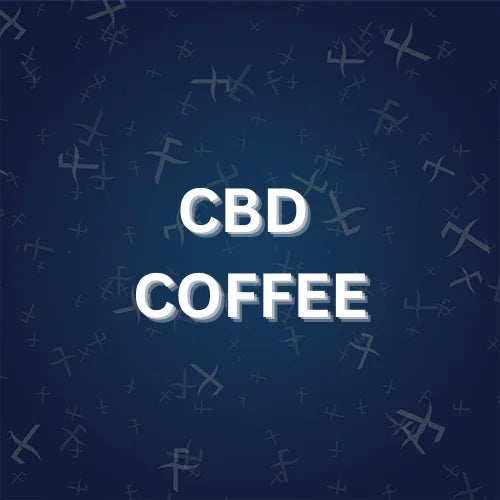



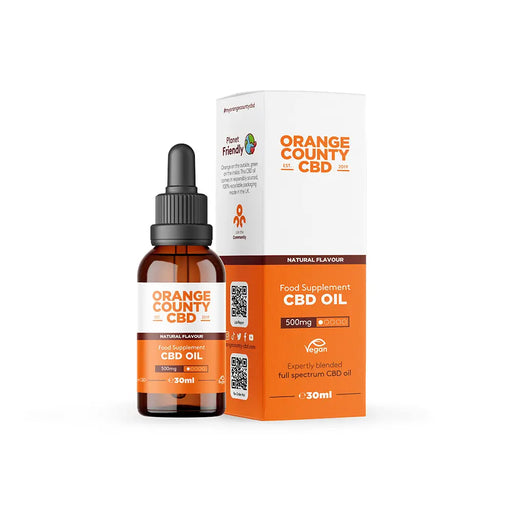
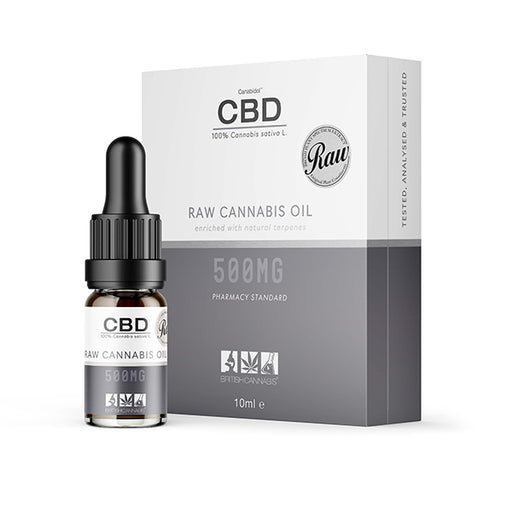
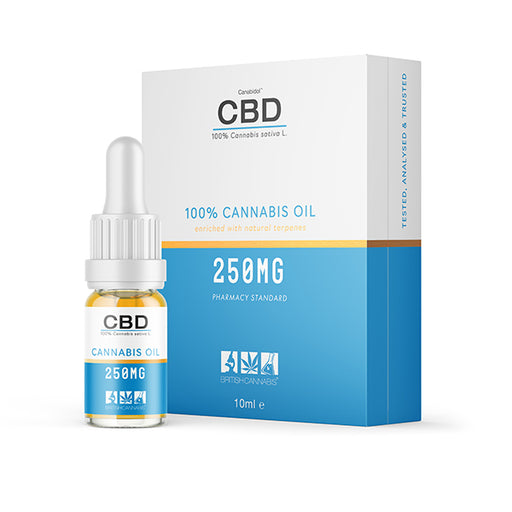


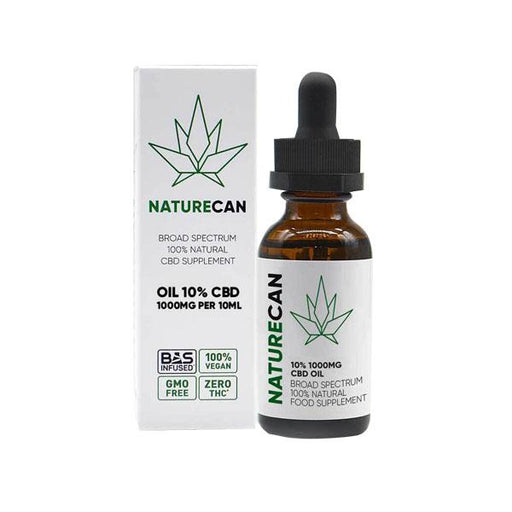
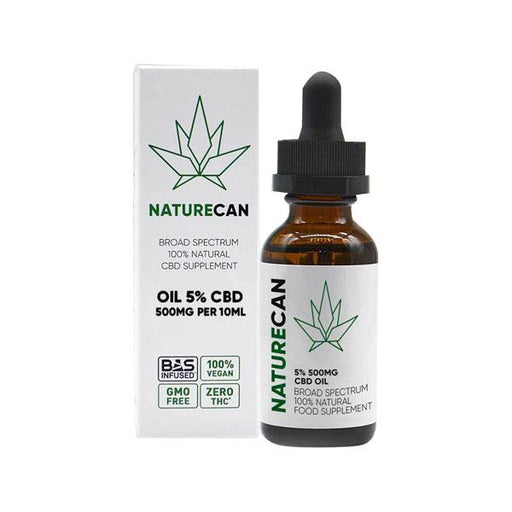


Leave a comment